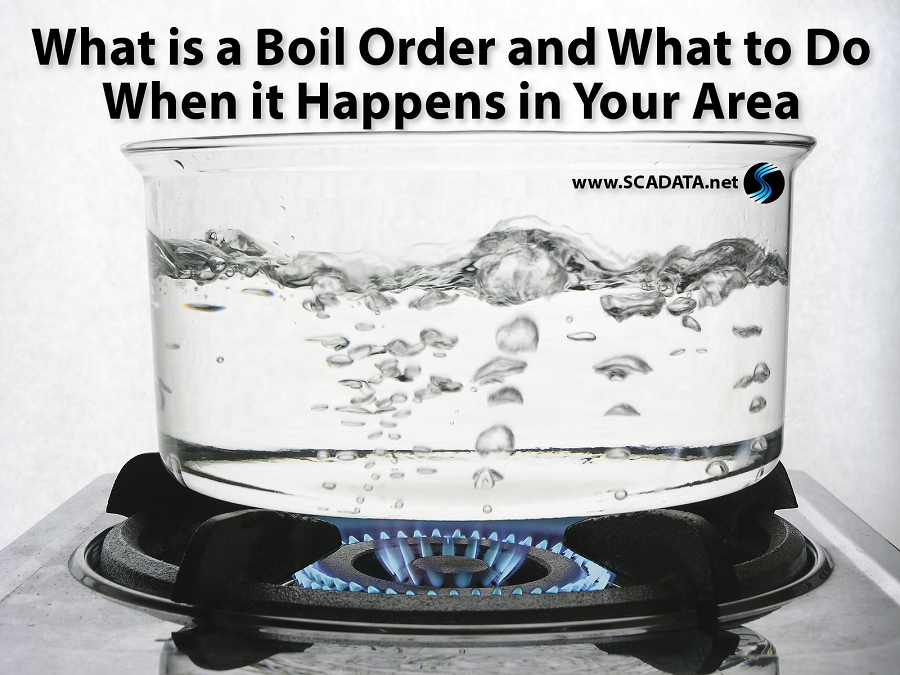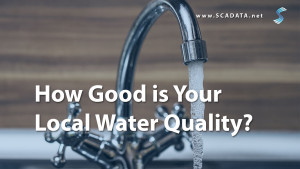A boil order occurs when a water supply is suspected or known to contain contaminants. The order is an advisory by local authorities informing residents to boil any water used for consumption. As an alternative, you can also use bottled water for drinking and other necessary tasks.
Keep reading to find tips about water boiling and and dealing with household chores.
How to boil water to remove contaminants
If a boil order is issued in your area, take immediate steps to avoid consumption of contaminated water. To ensure that your water is free from illness causing agents, boil it using the following steps:
- Fill a large pot with water.
- Place on stove top at high heat.
- Heat until you see bubbles come from the bottom of the pot.
- Once a boil is achieved, heat for one full minute.
- Turn off heat and allow to cool.
- Once cooled, place in a clean, covered container and refrigerate.
- Use as needed.
Continue this process as necessary until the boil order has been lifted.
What can you use tap water for during a boil order?
You can use tap water for a few things even when you are under a boil order. However, you should make sure that no one in the home ingests the water in any way. For this reason, you should NOT use tap water for the following:
- Drinking
- Cooking
- Rinsing vegetables and fruit
- Hand-washing
- Brushing teeth
- Ice cubes
- Beverage preparation
- Washing hands
- Washing dishes or any surfaces used for food prep
- Baby�s formula
- Water for pets
You can still use tap water for some necessary tasks, provided the water does not get consumed by anyone. This includes:
- Gardening
- Laundry
- Showering (don�t ingest water)
Most authorities recommend sponge bathing anyone that would be particularly sensitive to possible contamination, including young children and the elderly.
Tips for washing dishes when under a boil order
It is a good idea to avoid washing dishes or any surface that is used in food preparation with possibly contaminated water. If your dishwasher has a sanitizing cycle, you can simply load dishes and wash as you normally would. If you don�t have a dishwasher with a sanitizing cycle or are unsure, follow these steps:
- Wash dishes as you normally would using soap and tap water.
- Dedicate one sink to lukewarm water. Add one teaspoon of bleach per gallon of water to this sink.
- After washing, immerse the dishes in the bleach and water solution.
- Allow dishes to air dry.
Keeping your dishes sanitized can help prevent contamination from reaching your food.
What to do after the boil order is lifted
Once the boil order has been lifted in your area, residents are advised to flush their pipes to rid their homes of any contaminated water. Additionally, anyone affected by the boil order should rid their homes of any water that was possible contaminated. Take these steps:
- Discard any ice cubes made in trays.
- Automatic ice machines should be run as normal, but ice cubes should be disposed for a 24-hour period after the lift of the boil order.
- If your refrigerator dispenses water, flush out with at least one quart of water.
- Discard any water used in humidifiers.
- Run one cycle on your dishwater after the boil order has ceased.
- Throw out any unused baby formula that was possibly mixed with contaminated water.
- Change water filters.
- Flush cold water pipes. Turn on water until it runs cold and allow to run for one minute.
- Clear hot water pipes. Turn all faucets on hot. Once water runs hot, allow to run freely for 15 minutes (for a 40 gallon tank) or 30 minutes(for an 80 gallon tank or more).
Remember, your area may have specific requirements depending on the level and nature of the contamination. If you need more information, contact the CDC, the EPA, your local water utility, or public health department in your area.




